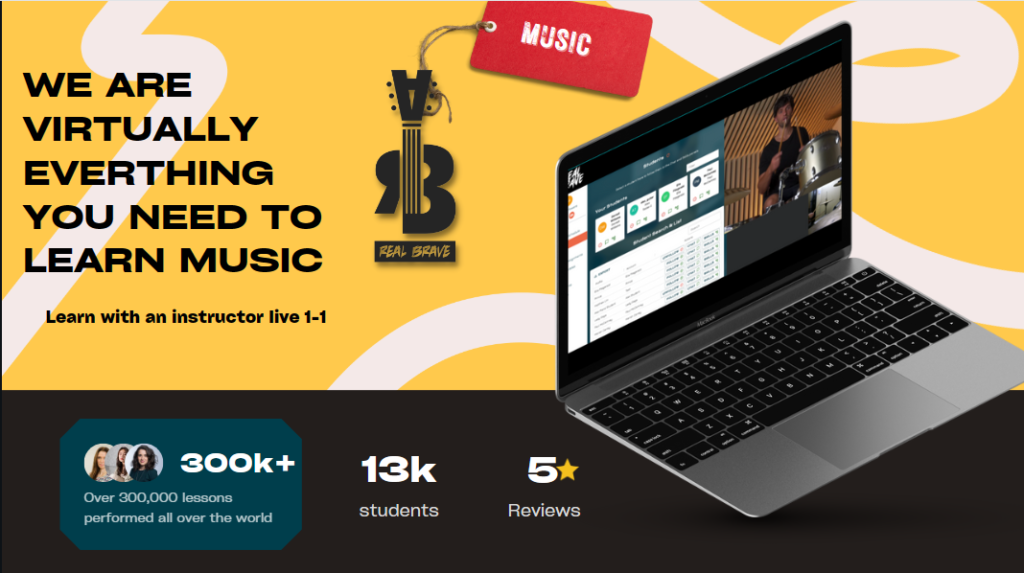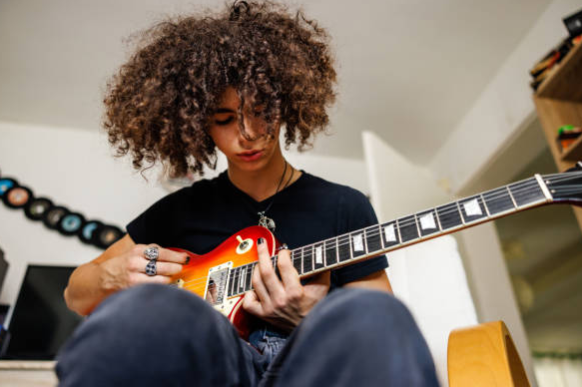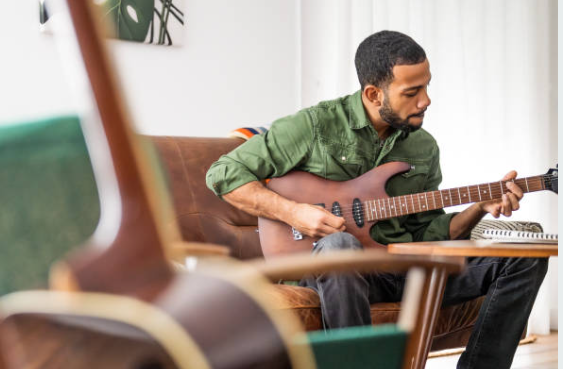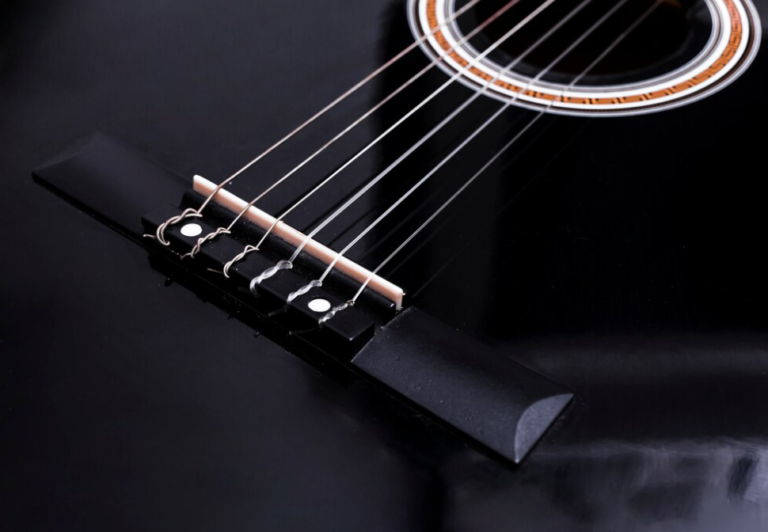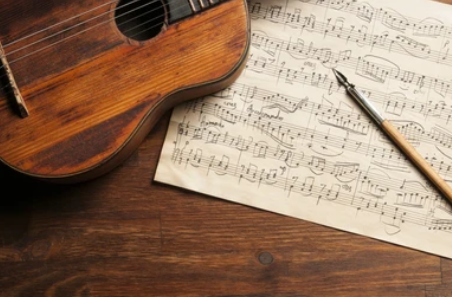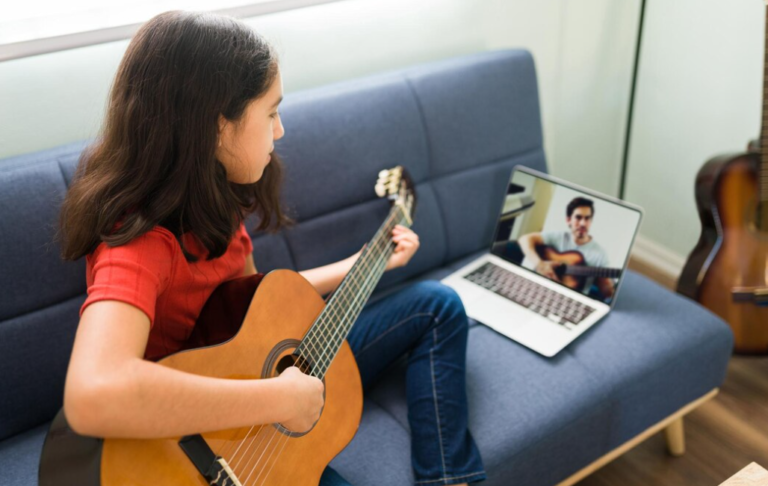OMG! How To Play The Amazing A Blues Scale
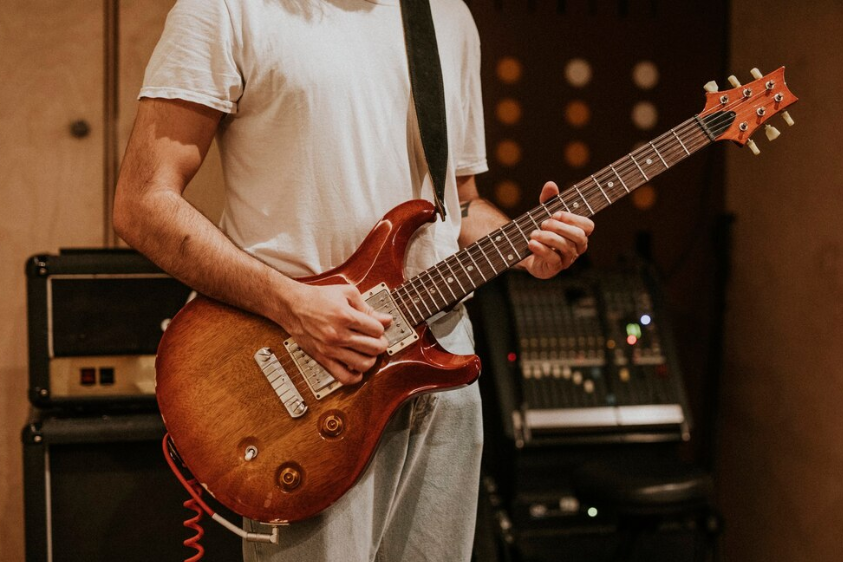
The blues scale is a fundamental element in many genres, including blues, rock, jazz, and even metal. It adds a soulful and expressive quality to your playing that can make your solos and riffs stand out. In this blog, I’ll guide you through the steps to play the A blues scale on the guitar.
Understanding The Blues Scale
The blues scale is derived from the minor pentatonic scale but includes an additional note, the flat fifth, which gives it a distinctive “bluesy” sound. The A blues scale consists of the following notes:
A (Root) – C (Minor Third) – D (Fourth) – D# (Flat Fifth) – E (Fifth) – G (Minor Seventh)
Step-by-Step Guide to Playing The A Blues Scale
5th Position
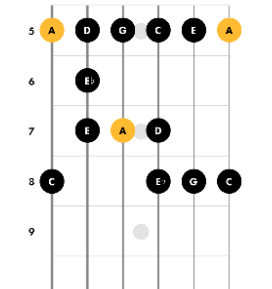
Start by learning the basic position of the A blues scale on the 6th string, 5th fret. This is a common position used by many guitarists.
- 6th String: Play the 5th fret (A), then the 8th fret (C).
- 5th String: Play the 5th fret (D), then the 6th fret (D#), then the 7th fret (E).
- 4th String: Play the 5th fret (G), then the 7th fret (A).
- 3rd String: Play the 5th fret (C), then the 7th fret (D).
- 2nd String: Play the 5th fret (D#), then the 8th fret (G).
- 1st String: Play the 5th fret (A), then the 8th fret (C).
While the basic position is a good starting point, the A blues scale can be played in multiple positions across the fretboard. Here are a few more positions to try:
7th Position
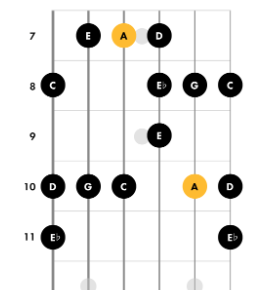
- The A minor blues scale in the 7th position begins with your index finger on the 7th fret of the D string.
- When you reach the B string, shift your hand position up one fret to play notes on the 8th fret with your index finger.
- This version of the scale is also known as the D-shaped blues scale.
Open Position
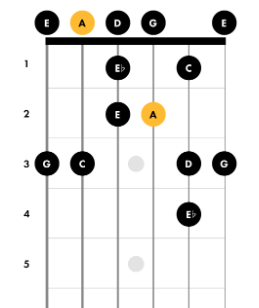
- To play the A minor blues scale in the open position, use your index finger for notes on the 1st fret,
- your middle finger for notes on the 2nd fret,
- your ring finger for notes on the 3rd fret,
- and your pinkie for notes on the 4th fret.
Practice Tips
Practice the Scale Up and Down
Practice playing the scale slowly, ascending and descending, to get familiar with the pattern. Focus on clean, even notes and proper finger placement.
Incorporate the Scale into Your Playing
Once you’re comfortable with the scale, start incorporating it into your playing. Use it to create solos, riffs, and fills. Experiment with bending the flat fifth (D#) and adding vibrato to give your playing more expressiveness.
Practice with Backing Tracks
Playing along with backing tracks is an excellent way to practice the blues scale in a musical context. You can find plenty of A blues backing tracks online. This will help you develop a sense of timing, phrasing, and improvisation.
Tips for Mastering the Blues Scale
- Practice Slowly: Take your time to ensure each note is clear and in tune.
- Use a Metronome: Practicing with a metronome will help you maintain a steady rhythm.
- Experiment with Phrasing: Try different rhythms, bends, slides, and hammer-ons to make the scale more interesting.
- Listen to Blues Guitarists: Study the playing of blues legends like B.B. King, Stevie Ray Vaughan, and Eric Clapton for inspiration and techniques.
The A blues scale is a powerful tool for any guitarist. By learning and practicing this scale, you’ll be able to add a new dimension to your playing. Remember to take your time, practice regularly, and most importantly, have fun with it!
Happy playing!
If you’re interested in learning an instrument, at Real Brave, we offer an incredible experience like no other place in music lessons for kids and adults by guiding them from the beginning stages of getting to know an instrument all the way through performing for family and friends on stage. Our instructors come from all over the world, bringing extensive experience on a wide range of instruments. Click below and book a free lesson with us!
Author: Daniel Powers Jr, the founder of Real Brave™, serves as the chief inspiration to thousands of students in the Real Brave music instruction program. He’s also the visionary behind PracticePad™, an online platform for live one-on-one online music lessons, lesson tracking, and scheduling. Beyond his entrepreneurial pursuits, Daniel leads a non-profit organization that provides formerly homeless children with access to music education, making a profound impact on their lives. His unwavering dedication to music, innovation, and education continues to inspire individuals to reach their fullest potential while creating positive change in communities. Follow Real Brave on all the socials:
youtube.com/@realbraveinc
twitter.com/realbraveinc
https://www.tiktok.com/@realbraveinc
instagram.com/realbraveaudio
facebook.com/realbraveinc
